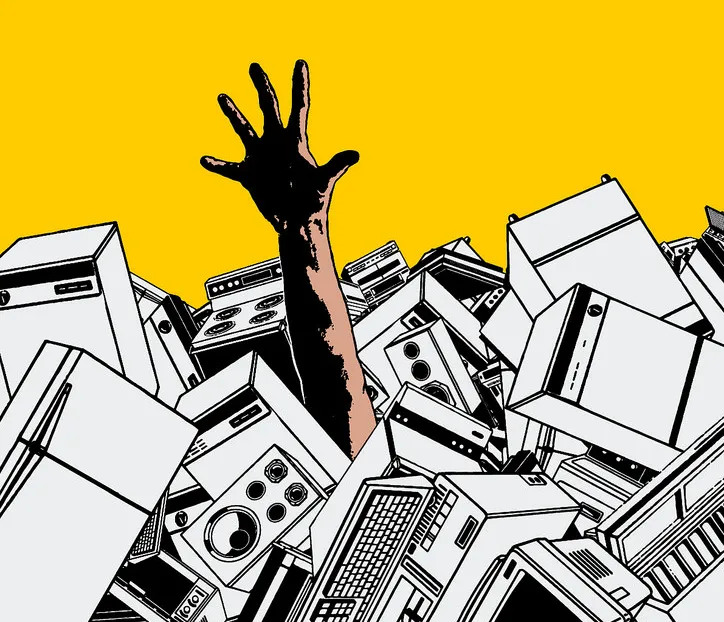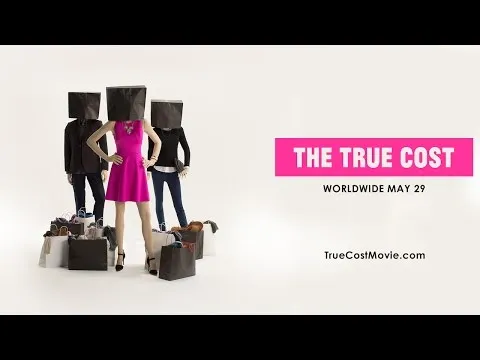
Overconsumption by Christopher Dombres (Public Domain)
This is the first post in a series about excess, consumerism and bad industrial practices. My goal is to shine a light on some of the problems we face today and how can we use the blockchain technology to address them.
planned ob·so·les·cence
/ˌpland ˌäbsəˈlesəns/
noun
a policy of producing consumer goods that rapidly become obsolete and so require replacing, achieved by frequent changes in design, termination of the supply of spare parts, and the use of nondurable materials.
In 1924, Alfred Pritchard Sloan, Jr., then President of General Motors, faced a serious problem: People were not buying the latest models! They didn't have a reason to. The cars they had were working well and looked great. So he had an idea: General Motors would release newer models every year that will come in a variety of colors and will have faster engines. He also wanted the newer models to have more features in order to create dissatisfaction among the current owners with the old models that they had.
The plan worked brilliantly. People didn't wait until they needed a new car, they waited until there was a newer model available and bought it.
Jump to present day. I'm sure all of us have seen people standing in long lines outside an Apple Store, waiting for hours, so that they can get the latest iPhone. It's hard for me to believe that all those people had a phone that didn't work. Apple deliberately chooses not to deliver all the cutting edge features in the latest iPhones or Macs. That's because if they did, then who will buy the iPhones or Macs with the same features next year? Manufacturing millions of iPhones every year to make the previous ones obsolete is not easy.
The most extreme example of planned obsolescence that I see today is what we call "fast fashion". There are new designs in stores every single week! You don't dress for the season now, it's for the "micro-season" (1 week). But the true cost of that cheap, fast-fashion is more than what we pay in the store:
- The cotton used to produce these clothes is genetically modified, using vast amounts of water and chemicals.
- The average American now generates 82 pounds of textile waste each year, which adds up to more than 11 million tons of textile waste in US alone.
- The leather tanning process is one of the most toxic processes and puts the workers at a greater risk of cancer (between 20%-50%).
If you would like to learn more about this, I would highly recommend watching The True Cost:
( )
)
Thank you for reading. In the next post I will talk about how this problem can be solved using the blockchain technology.